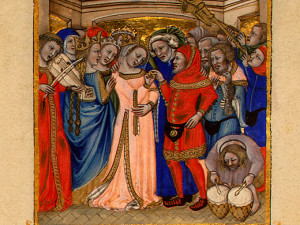Hello everybody,
Valentine’ Day is just around the corner… and Love is in the air right now! I want to share with you my opinion about love. I won’t talk only about Valentine’s Day, but I will show you some aspects and some curiosities about thr love and all the stuff that are included in. I official declare opened my month of love!
I’ll share with you some curiosities, some tricks for a perfect Valentine’s Day, some suggestions for a unconventional gifts and also some tricks to manage some critical aspects of the most important day of our life: our wedding day. Actually, this could be the best time to plan some important aspect of our wedding, especially because the wedding’s months are from May to October ( except for the brides who love a freezing winter season). This is the best period for one of the most important steps of the wedding: to choice the dress… In January you can find the biggest seasonal selections: indeed the spring/summer collection is presented at the end of the year and the fall/winter collection in may. So if you plan to marry next summer: Hurry up it’s time to choose your dress!
Let’s start!
I start to talk about wedding… I have a lot of questions about it, and you? For example….
How we are arrived to the Wedding as we know today?
How was the wedding 100 – 500 -1000 years ago? What is changed and what doesn’t changed?
The history of the modern wedding is really really long. Unfortunately the common feature is that it was planned between the bride family and the groom, often the bride’s family must payed a dowry to the groom family to marry their daughter. In all these cases, actually in almost all cases, it wasn’t weddings based on love, but combined wedding and real contract between families. Now i’d like to show you how the wedding is changed during the century…
1.The Wedding in Ancient Greek
It was a really contract between the father of the bride and the groom in 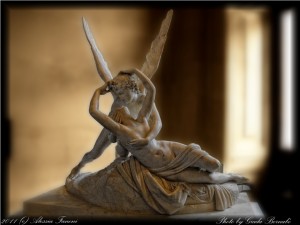 witch the bride’s father promised his daughter to the groom. For validate the contract it was necessary that the bride and the groom stared their cohabitation. During the wedding’s day there were two banquets (one at bride’s house and one at groom’s house); after the banquets the fiancés met each other at bride’s house. In the evening the groom brought the wife at his home on a cart pulled by oxen and followed by a procession of relatives and friends. So the cohabitation was a prerequisite “a conditio sine qua non” for a valid marriage but, if two people starting their cohabitations without a contract between the families, the cohabitation was illegal and there wasn’t a real marriage. At last, if the cohabitation was interrupted, the wedding was ended.
witch the bride’s father promised his daughter to the groom. For validate the contract it was necessary that the bride and the groom stared their cohabitation. During the wedding’s day there were two banquets (one at bride’s house and one at groom’s house); after the banquets the fiancés met each other at bride’s house. In the evening the groom brought the wife at his home on a cart pulled by oxen and followed by a procession of relatives and friends. So the cohabitation was a prerequisite “a conditio sine qua non” for a valid marriage but, if two people starting their cohabitations without a contract between the families, the cohabitation was illegal and there wasn’t a real marriage. At last, if the cohabitation was interrupted, the wedding was ended.
2. The Wedding in Ancient Rome
The roman’s laws forced the citizen to the monogamy but, in the same time, it admitted prostitution, concubinage, extramarital sex and sex with slaves (marry only one woman… but have sex with anyone you want!). There wasn’t a real wedding ceremony, to 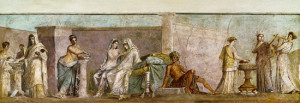 have a valid marriage was enough a cohabitation cum affectionis. Only in a second time, and especially in Mediterranean cultures, the roman’s laws decreed the “legalization “of the family with a public act. The Roman jurist Modestino gave us the first modern definitions of marriage:
have a valid marriage was enough a cohabitation cum affectionis. Only in a second time, and especially in Mediterranean cultures, the roman’s laws decreed the “legalization “of the family with a public act. The Roman jurist Modestino gave us the first modern definitions of marriage:
“a wedding is the union between a man and a woman, based on a lifetime contract, and governed by human and divine laws”
(“Nuptiae sunt coniunctio maris et feminae et consortium omnis vitae, divini et humani iuris communicatio”).
The fathers of the couple planned the wedding celebration. The bride was dressed in white, and she wore an orange veil and a crown of flowers. The wedding was only for Roman citizens, for other people it wasn’t legal and the regulatory of this kind of union was dependent of the origin states. For the slaves, the master could permit their union, but that unions have no legal value.
3. The wedding in High Middle Age
The Christianization of the Roman Empire had a bunch of effects on the laws regarding the wedding: the concept of cohabitation and monogamy was enforced by the condemnation of extramarital sex and established that the wedding must be a private ceremony to celebrate at bride’s house. All the new law was included in a very important code: the Giustiniano ‘s Code. That code was the base of european jurisprudence for more than a millennium.
4. The wedding in Late Middle Age
In this time, with the IVth Lateran Council in 1215, the Church gave a specific and precise regulation of marriage for the first time:
- To prevent clandestine marriages, it was imposed the use of the
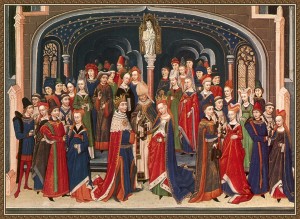 publications;
publications; - The marriage between Christians was included in the Sacraments;
- To prevent divorces, the marriage was proclaimed indissoluble also for civil effects (except in the case of death of one spouse);
- The consent of bride and groom must be free and public and the couple must say their consensus in a open space;
- The cases of marriage annulment were punctually decided.
5. The wedding in Modern Ages
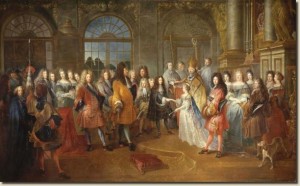 According to the protestant revolution, the task to keeping record of the wedding switch from the church to the government. Only in 1791, during the French Revolution, there was the first regulamentation of civil marriage’s effects. The Christian marriage changed too in these century according to Trento Concilium: the celebration of the ceremony must be made by a priest and with at least 2 witnesses, moreover the priest must record every marriage in special registers. Regarding the cohabitation out of a wedding bond, these was declared illegal.
According to the protestant revolution, the task to keeping record of the wedding switch from the church to the government. Only in 1791, during the French Revolution, there was the first regulamentation of civil marriage’s effects. The Christian marriage changed too in these century according to Trento Concilium: the celebration of the ceremony must be made by a priest and with at least 2 witnesses, moreover the priest must record every marriage in special registers. Regarding the cohabitation out of a wedding bond, these was declared illegal.
6. The Wedding in Contemporary Ages
The last important step for the marriage evolution was the declaration of the separation between the Church and Government and the introduction of a civil wedding (made by chancellor Otto Von Biskmark in 1875). Following these years the only legal wedding was the civil one instead the Christian one become a private ceremony.
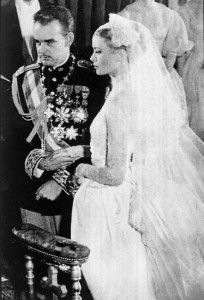 The wedding is in continuous mutations and evolution and, during the centuries, acquired and lost importance at the same time. It needs to give an answer of the new social needs: for example we can think about the opening of some government to the wedding between people of the same sex and the debate regarding the rights of the civil couples.
The wedding is in continuous mutations and evolution and, during the centuries, acquired and lost importance at the same time. It needs to give an answer of the new social needs: for example we can think about the opening of some government to the wedding between people of the same sex and the debate regarding the rights of the civil couples. 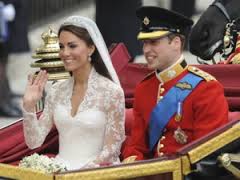
I hope you found interesting the informations that I share with you in this post. I found really fascinating to figure out how was born and how evolved in the past and how are still evolving the marriage institute. As usual…. the curiosity is a never ending story!
The following question is: How is the wedding in different religions and cultures?
If you are curios like me, don’t miss the next post!
Stay Tuned
Tricks in this post: 1. The evolutions of modern wedding 2. How the wedding was 50 - 100 -500 - 1000 years ago Bonus: best time for your wedding dress




